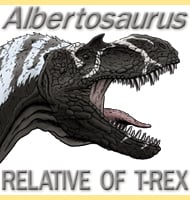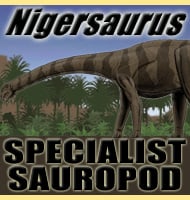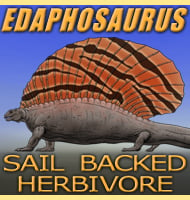In Depth
Notharctus is easily the best known of the arboreal primates of the Eocene, a popularity thanks largely to the number of fossil specimens for this genus as well as its frequent inclusion in books about prehistoric animals. Notharctus was a small lightly built and flexible primate that is often described as lemur-like. The long limbs and grasping hands of Notharctus meant that it could move through the tree canopy with the utmost ease. The first of its kind to be identified and named, Notharctus is the type genus for the Notharctidae primates as well as the Notharctinae sub group.
Further Reading
– On the structure and relations of Notharctus, an American Eocene primate. Memoirs of the AMNH ; new ser., v. 3, pt. 2, William Gregory King – 1920. – Phylogeny of middle Eocene Adapidae (Mammalia, Primates) in North America: Smilodectes and Notharctus. – Journal of Paleontology 53(1):153-163. – P. D. Gingerich – 1979.









